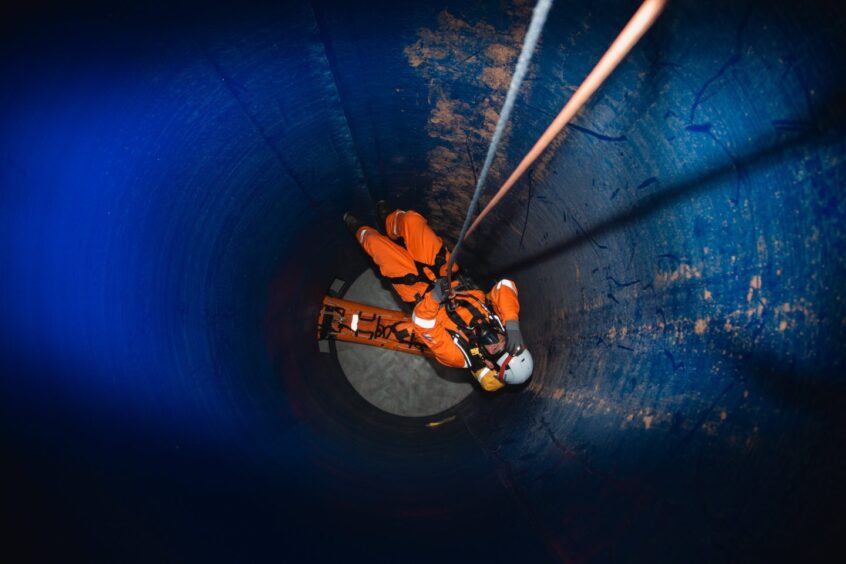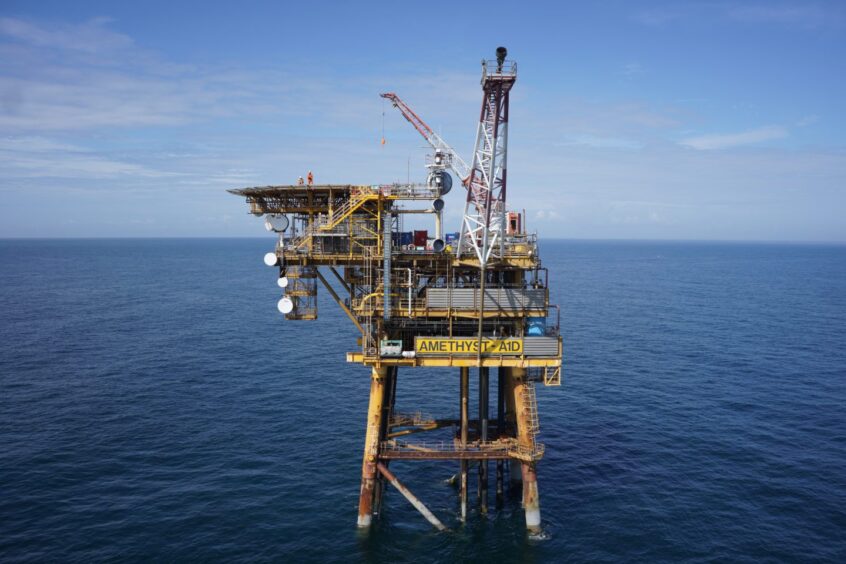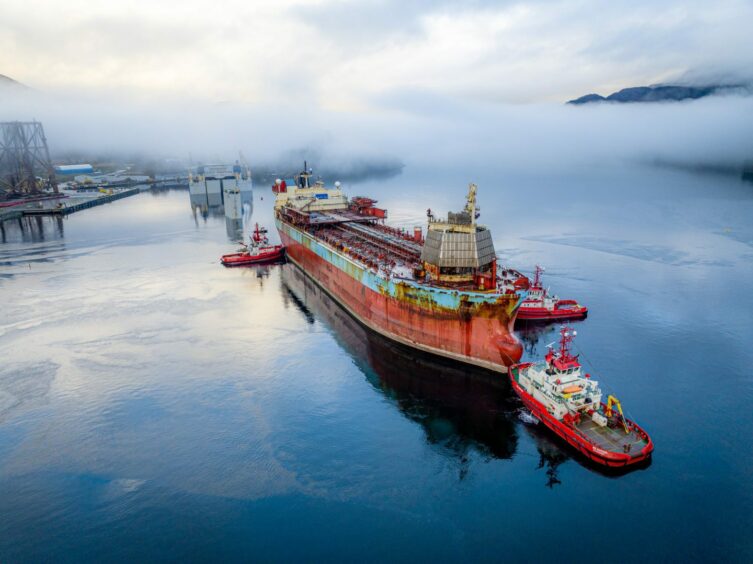
MRS Training & Rescue has called for changes to confined space training for worker safety as the Aberdeen firm demands clarity.
The employee safety training organisation pointed to the most recent information shared by the Institution of Occupational Safety and Health (IOSH) which outlined that 15 people die per year while working in confined spaces in the UK.
The reasons for these deaths ranged from asphyxiation and fires to explosions or becoming trapped.
Despite the introduction of Confined Spaces Regulations in 1997, there remain several accidents, injuries and fatalities every year.
In 2007 three men lost their lives following an incident on the Viking Islay Emergency Response Rescue Vessel (ERRV) where they entered an enclosed space.
The vessel was conducting rig support operations when two crew members set out to secure a rattling anchor chain within the chain locker.
One entered the chain locker and lost consciousness, the second man raised an alarm and attempted to help his colleague before he too collapsed.
The first rescuer could not fit into the space wearing a breathing apparatus and therefore had to wear an emergency escape breathing device EEBD).
However, the hood of the EEBD was removed or became dislodged leading to him also collapsing.
All three men died as a result of this. This took place at the Amethyst gas field, 25 miles off the East Yorkshire coast.
A report following the incident outlined: “Training and subsequent drills in the use of EEBDs had not been sufficient to ensure the limitations of the equipment were recognised in an emergency.”
It also explained that Aberdeen’s Vroon Offshore Services’, the ship’s management company, rulings were “not clear and did not take into account scenarios that could require crews to enter confined spaces while at sea.”
The report continued: “A further consequence of this was that gas monitoring equipment supplied to the vessel was unsuitable for ensuring safe entry into enclosed spaces.”
No Room for Error
MRS Training & Rescue has released a new report, No Room for Error, which states the solution is not more training, but “doing the correct, relevant, and appropriate training” for the identified risks.
The firm’s chief executive, Stuart Hoult said that the information regarding confined space working can often be complex and that employees should be given a greater understanding of responsibilities and options.
He said explained that this would make the workforce more competent to work safely in these spaces.
Mr Hoult continued: “Many employers recognise the dangers of working in confined spaces and take steps to mitigate the risk, however, there is more to be done to support and give them the correct information.
“Employers have a legal duty of care and responsibility to their workers should an incident happen in a confined space. Dangers can escalate very quickly, and pleading ignorance in the aftermath is not a valid excuse in any enquiry.
“We hope the publication of this report will raise awareness of the risks currently facing the market and serve as a call to improvement, as well as make employers aware where they could be at risk.”
In 2019 oil giant Shell suspended all decommissioning activity on its Curlew floating production vessel (FPSO) following a “confined space incident” during tank cleaning work.
A worker ran out of oxygen while in the tank, however, Shell said at the time that no one was injured.
Following the publication of today’s report, MRS Training & Rescue’s special technical advisor Andrew Watson said: “It’s important to remember that the principles of keeping people safe remain the same regardless of sector.
“The differences lie in how you keep them safe according to the environment they’re working in – and whether they’re trained or competent.
“Training is just one of the essential building blocks of competence.”
Recommended for you


 © Supplied by Perenco
© Supplied by Perenco © Supplied by AF Gruppen
© Supplied by AF Gruppen